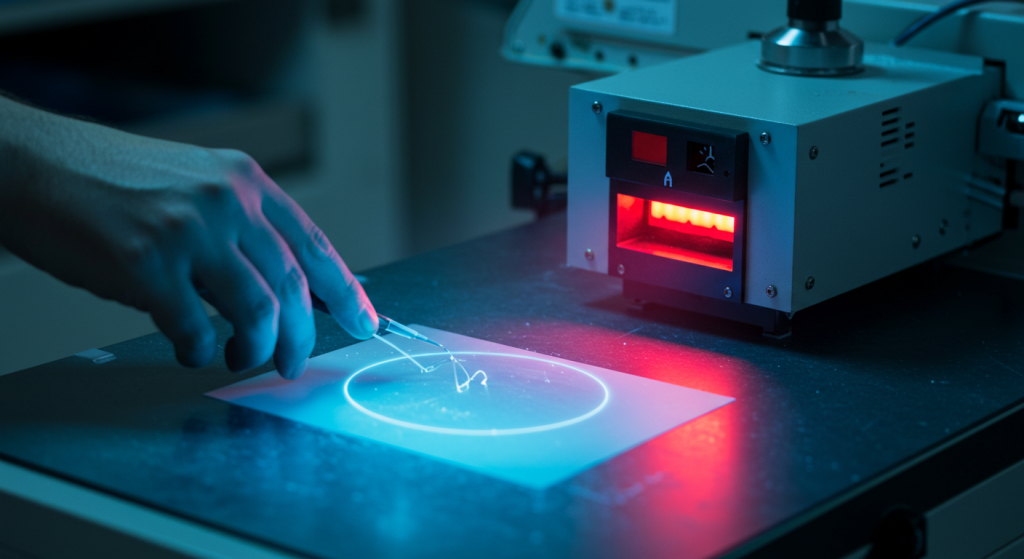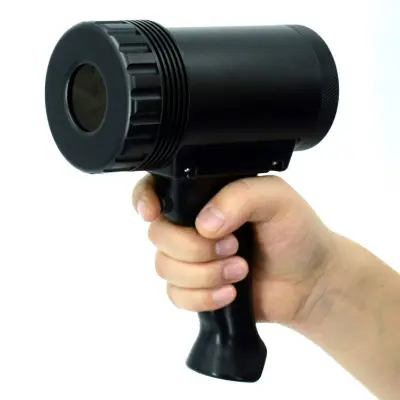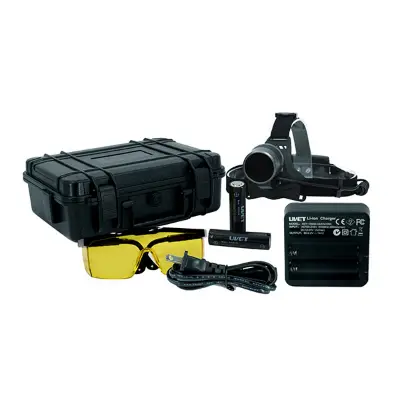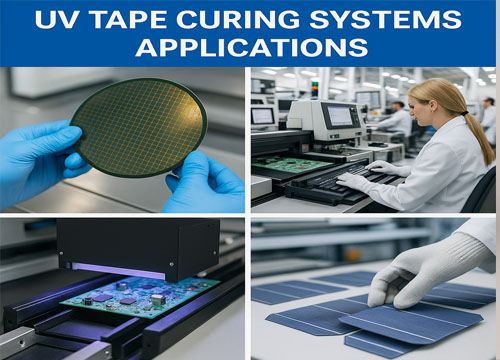What Wavelength is Best for Spot Curing? 2025 UV LED Insights
What Wavelength is Best for Spot Curing?
About spot curing, selecting the proper wavelength of ultraviolet (UV) light is important. The answer to the problem “what wavelength is best for spot curing” is critical to achieving curing effectiveness, speed, and quality of the end product. In this writing, we will discuss the science that pertains to curing UV wavelengths and their uses, as well as how to select the best wavelength to meet your spot curing demands.
Why Wavelength Matters in UV Spot Curing?
- Photoinitiators are quite important in UV curing. These are molecules in your adhesive or resin that absorb UV light and decompose due to it, and initiate polymerization. Photoinitiators are known to greatly differ in their ability to absorb light at different UV wavelengths. This governs how rapidly and completely the curing process occurs.
- If the UV wavelength does not correspond to the absorption peak that the photoinitiators have, the curing that will take place is very inadequate, and it will be slow, yielding weak bonds or surfaces that are tacky.
Best UV Wavelengths for Spot Curing
In spot-curing systems, several UV wavelengths are used, which will be discussed below. Let’s analyze which one functions more effectively than the rest:
1. 365nm UV Curing
365nm UV Wavelength is a deep range classified under UV-A and is very popular for curing some adhesives, epoxies, and acrylics. It's particularly popular in electronics, adhesive curing, and medical device bonding. This wavelength has many uses owing to its ability to penetrate deeply and thereby effectively penetrate thick materials.
• Advantages: Deep penetration, ideal for thick or pigmented materials.
• Applications: Electronics adhesive curing, optics bonding UV, medical device bonding UV.
2. 385nm UV Curing
Due to higher energy photons at 385nm, curing happens slightly faster. It is useful for many photoinitiators applied in resins and coatings. This wavelength is becoming more common in UV LED curing lamps, offering effective spot curing with reduced heat.
• Advantages: Fast curing speed, high-energy efficiency.
• Applications: UV resin curing, coatings, inks.
3. 395nm UV Curing
This wavelength is favored in surface curing applications. Its ability to quickly polymerize surfaces with good control makes it ideal for ink curing, which is why 395nm can be found in many curing devices. Although it does not penetrate as deeply as 365nm, it surpasses it in speed.
• Advantages: Fast surface curing, suitable for thin films.
• Applications: Ink curing wavelength, coating curing wavelength, surface curing applications.
4. 405nm UV Curing
Though the 405nm UV wavelength lies at the boundary of visible light, it is useful in curing particular UV adhesives and resins that are already photo-initiated in this range. Its use is predominant in UV curing processes in 3D printers.
• Advantages: Excellent for photopolymers, compatible with LED curing systems.
• Applications: Resin curing wavelength, 3D printing UV curing.

Types of Spot Curing Technologies
Knowing the type of your particular curing system is useful when trying to find the appropriate wavelength to suit your needs.
- UV LED Spot Curing
LED UV spot cure systems have a narrow emission range, usually one of the specific wavelengths mentioned above. They exhibit greater energy efficiency, longer lamp life, and consistent output. For instance, 365nm UV LED spot curing lamps have deep curing applications for electronics and thick adhesives.
- Broad-Spectrum UV Spot Curing
These lamps have a broad emission spectrum of UV wavelengths. This can be an advantage in cases where the exact spectrum of the photoinitiator's absorption is not known, or in cases where several photoinitiators are employed. However, broad-spectrum systems tend to be more heat and energy-consuming.
Best Wavelength Selection for Your Application
Choosing the best curing wavelength depends on a few factors:
• Material: Each photo-initiated adhesive, resin, coating, or ink has a unique set of photoinitiators.
• Required Depth of Curability: Substrates with thick or dark pigments require lower penetrating wavelengths, like 365nm.
• Speed: Faster curing is often observed with shorter wavelengths, such as 385nm and 395nm, but they only operate on the topmost layers.
• Equipment Compatibility: Certain UV LED light sources function at preset wavelengths only.
Technical Aspects: Photoinitiators Absorption Spectrum
Every material that can be cured with UV light has its dedicated set of photoinitiators responsible for absorbing a defined range of light wavelengths. The absorption spectrum generally peaks at particular values in the UV-A range, such as 365nm, 385nm, or even 405nm. Aligning the LED spot curing lamp wavelength with the absorption peak helps ensure optimal curing efficiency and minimizes energy waste during curing processes. This results in:
• Enhanced results for ultraviolet curing on the target wavelengths.
• Improvements in overall curing consistency.
• Increased lifespan for the used adhesives or resins.
Standard Uses of Wavelengths in Spot Curing
1. Wavelength for Curing Adhesives
Selecting the proper curing wavelength for UV adhesives is of utmost importance. For example, UV LED curing lamps at 365nm or 385nm often acrylate adhesives best.
2. Wavelength for Curing Resins
The photoinitiators contained within the resins utilized in coatings or 3D printing may be optimized for 395nm or 405nm wavelengths.
3. Curing of Coatings and Inks
As with any compositions of the same category, coatings and inks require speedy curing of the surface, so 395nm is preferred to guarantee that curing is done swiftly, but not damaging the substrate.
Additional Equipment for Effective Spot Curing
To ensure the best outcomes with your preferred curing wavelength, you should use the following tools:
• UV LED spot curing lamps: Offered in 365nm, 385nm, 395nm, and 405nm models.
• Spot cure lights: Specifically designed curing units that are mobile and fit small areas.
• UV curing systems wavelengths: Some advanced systems can allow tenability of the wavelength to be tailored to the materials.
Conclusion:
So, what wavelength is best for spot curing? In this case, your material, application, and required curing determine the answer. If you want to deep cure thick adhesives or electronics, 365nm UV LED curing is the most efficient. However, for surface curing inks and coatings rapidly, 395nm or 405nm may be more beneficial. In all cases, you must consult your material supplier’s photoinitiators' absorption data to choose the optimal curing wavelength. This, paired with advanced UV LED dot curing technology, ensures quick and long-lasting cures. Visit UVET for more details.






